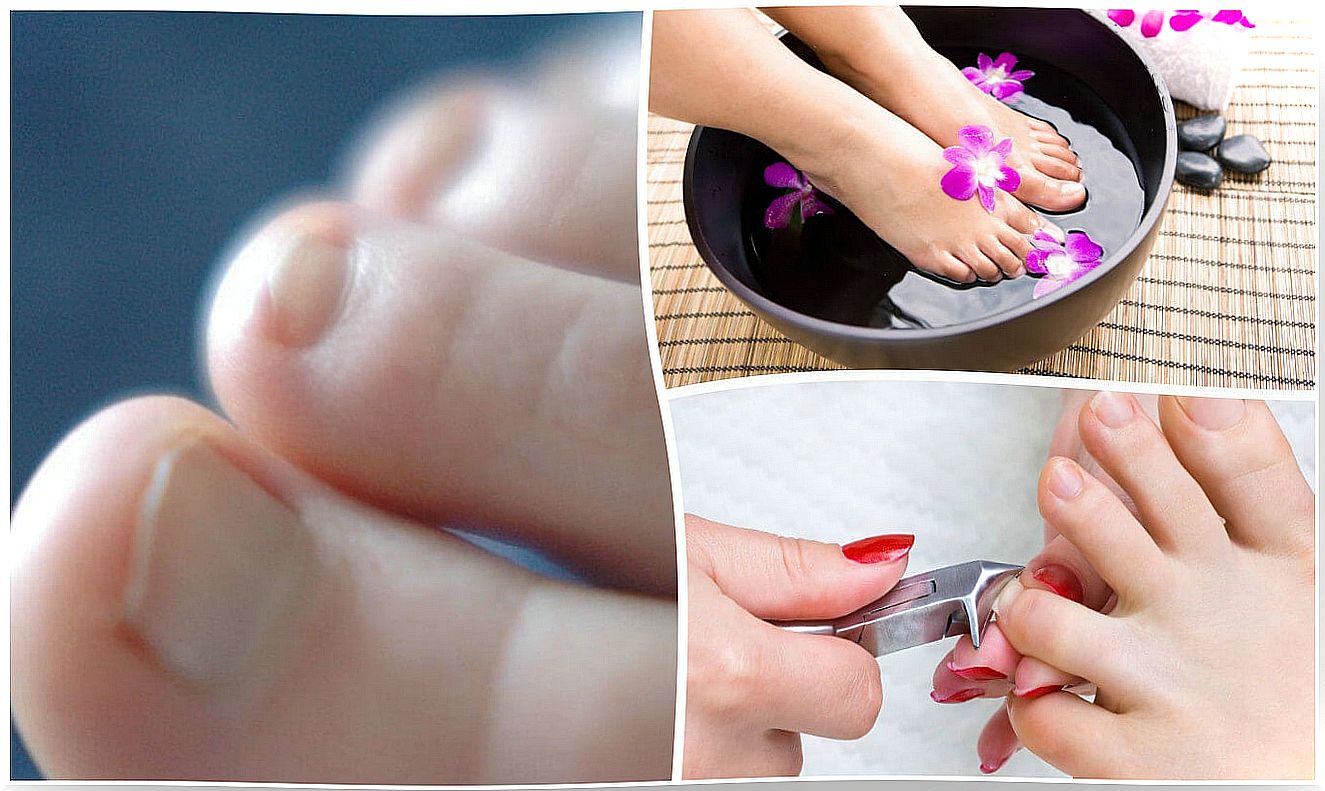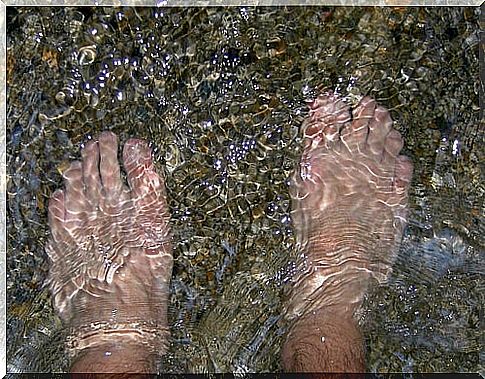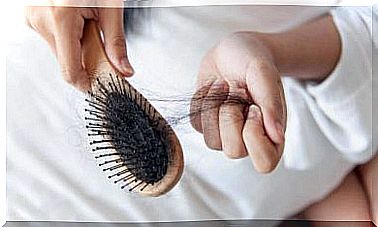7 Things You Should Know About Nail Fungus
Although it is not a highly contagious infection, there is the possibility of acquiring fungus by sharing footwear, socks or personal hygiene items, such as nail clippers

Nail fungus or onychomycosis is a very common infection in the population and can affect both hands and feet.
It is characterized by a series of changes in the appearance of the nail. These include the appearance of cracks, a yellowish color and an uncomfortable itching sensation.
It usually appears as a consequence of a decrease in the body’s immune response. However, it can also be caused by:
- Excessive sweating
- Some types of footwear
- Exposure to contaminated surfaces.
Although its presence does not represent a serious health problem, it is essential to provide care. Its importance lies not only in aesthetics, but also because it can cause pain and other complications.
In addition, it is convenient to know some important facts about the disease in order to take preventive measures.
Discover them!
1. Nail fungus is contagious
Although it is not a highly contagious infection, it is very important to note that fungi can be transmitted in some situations.
There is no risk from being around a person who suffers from them. However, there is a high probability of developing them from sharing socks, shoes, and nail clippers.
Microorganisms can also be left on surfaces with the shower and the floor. Always try to wear shower shoes.
2. There are habits that help prevent them
Also, practicing some healthy habits can help reduce the risk of developing this condition.
In addition to not sharing personal items, it is advisable to keep nails clean, free of moisture and short.
After getting out of the shower and before using the footwear, the feet should be dried with an absorbent towel or cloth.
Moreover, l os socks should be made with breathable fabrics that help prevent moisture retention.
It is essential to maintain a balanced diet, rich in nutrients and vitamins to strengthen the immune system.
3. Not all treatments are effective
The application of natural remedies can be quite useful for the reduction and control of infections caused by these microorganisms.
However, in some cases they are not effective, since the fungi manage to survive their effects and continue their proliferation.
If so, it is best to seek medical advice for both topical and oral drug treatments.
These types of options tend to give better results, although they can also take several months to take effect.
4. It is a very common condition
Nail fungus is mostly caused by dermatophyte-type fungi that tend to develop easily in hot, humid environments.
Many are ashamed to suffer from them, but the truth is that it is a very common infection in the population. In fact, more than half of them develop them at least once in their life.
The susceptibility to infection increases with age and, since at first it is difficult to detect them. In fact, many may be suffering from them without even knowing it.
5. Excess moisture increases the risk

Washing your hands too much or keeping your nails in contact with water for a long time is another factor that increases the risk of contracting fungus.
This is because excess moisture damages the protective layer of the nail and weakens the cuticles, thus facilitating the passage and growth of microorganisms.
6. Its appearance is related to athlete’s foot
Most patients with nail fungus problems also suffer or have suffered from the disease known as “athlete’s foot”.
This is also a fungal infection, characterized by a set of skin discomfort that protects the feet.
It is quite common among athletes and swimmers, since both are exposed to environments that facilitate the growth of fungi.
7. They can alert other diseases

The sudden presence of nail fungus can be a sign of chronic health problems such as circulatory difficulties, diabetes, or a vulnerable immune system.
Even, there is also a greater risk of contracting them when they have had skin problems such as psoriasis and dermatitis.
Now that you know all these facts about the fungi that affect the nails, try to check them regularly and improve your care to avoid their development.









